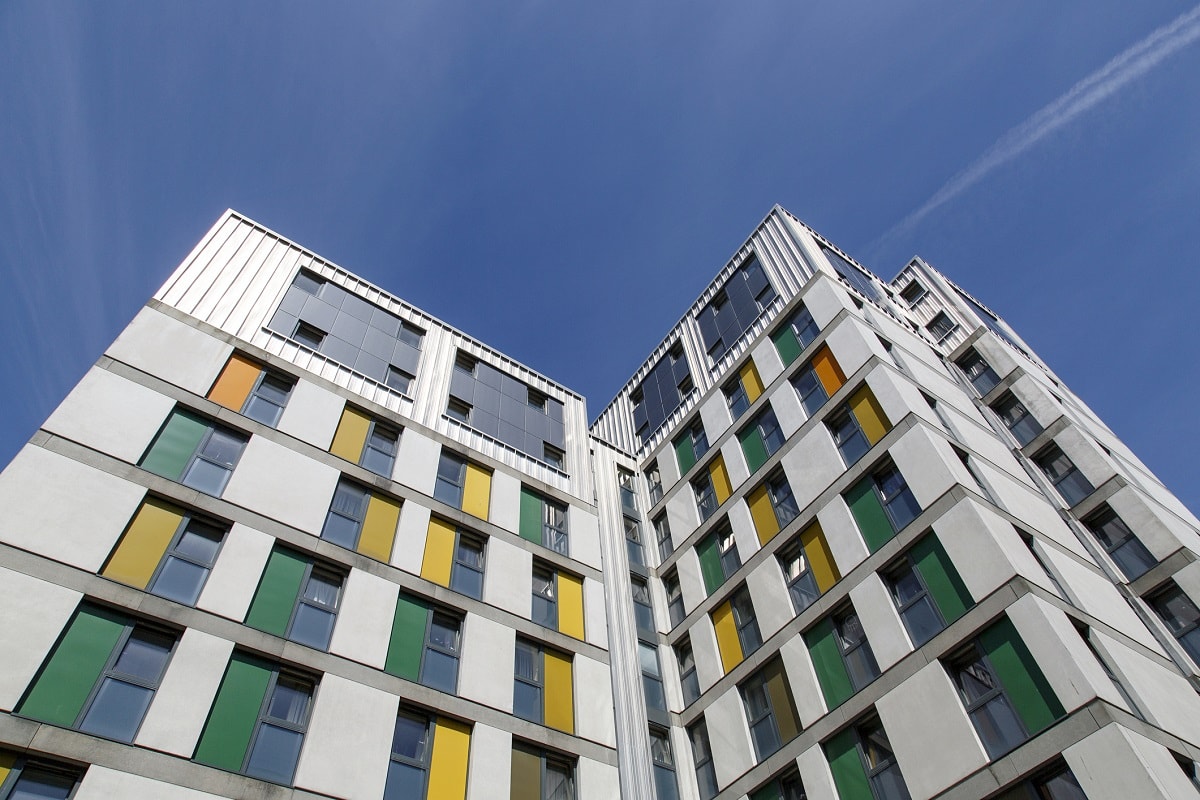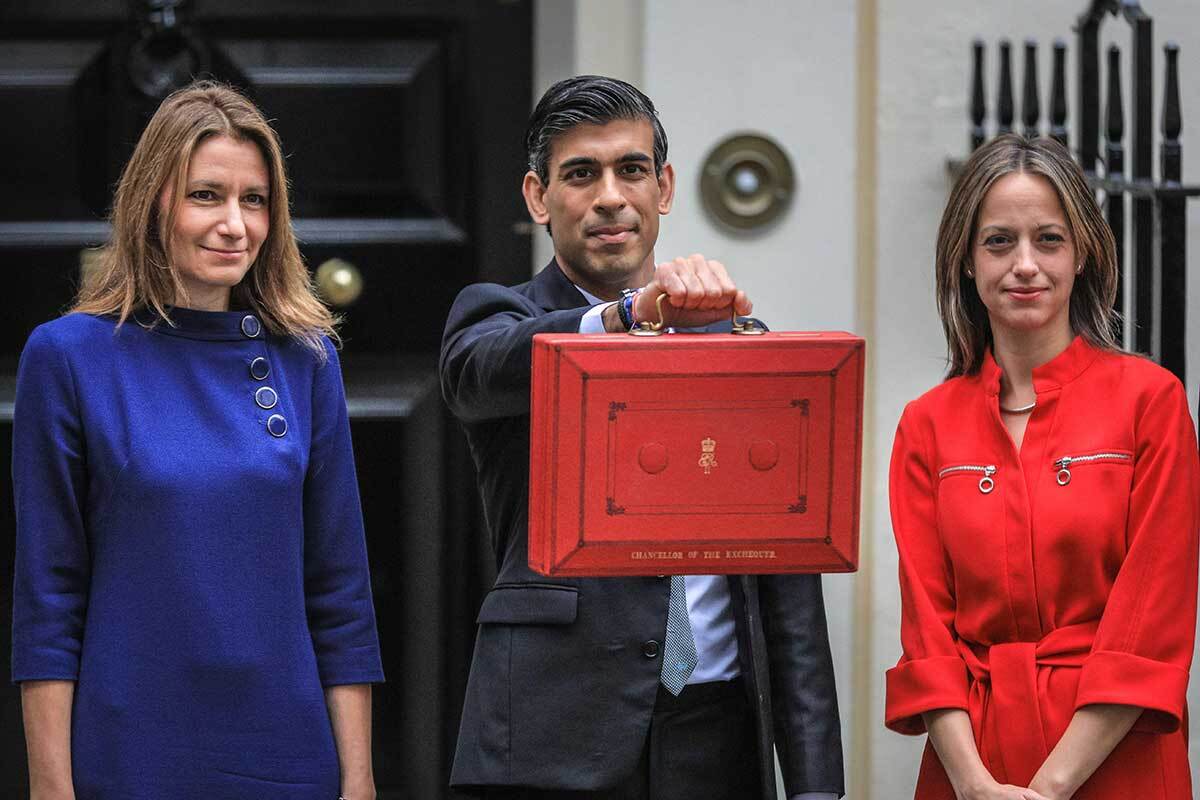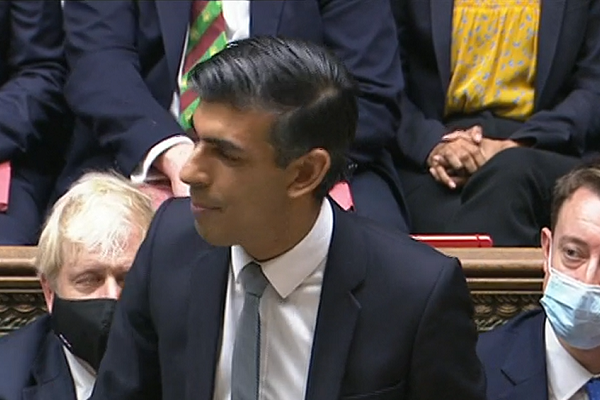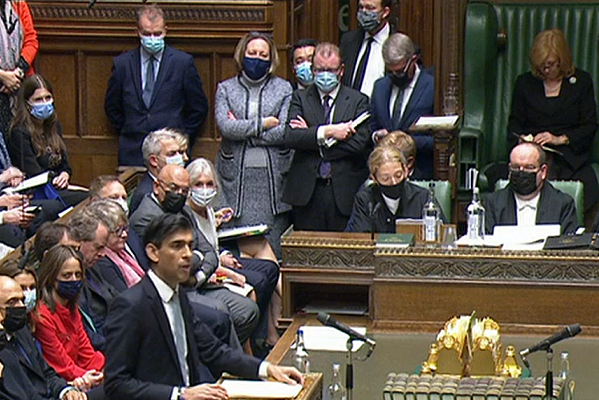Cladding tax table: top house builders could pay £200m a year into cladding levy
The country’s largest house builders could pay more than £200m a year into the government’s new cladding tax, research has revealed.
Private house builders, such as Persimmon, could pay up to £40m a year into the government’s new cladding levy, with the combined tax contribution from the top 11 house builders standing at more than £200m.
The tax, details of which were unveiled by chancellor Rishi Sunak during yesterday’s Budget, would levy a 4% tax on private developers’ profits of more than £25m to help pay for the cost of remediation work on developments across the country.
The government has pledged to put £5bn towards cladding remediation, with the figure including the levy payments. The Housing, Communities and Local Government Select Committee has estimated that the total cost of remediating dangerous cladding could be at least £15bn.
Research by Sirius Property Finance looked into the profits of the 11 leading house builders in 2019 – the last year of annual accounts prior to the coronavirus pandemic – and calculated the combined level of tax which would be paid if it had applied in that year.
The research found that four house builders would each pay over £30m into the new levy if 2019 figures were taken into account.
Persimmon had a total potential taxable profit of £1.04bn in 2019, which would recoup £40.6m to the cladding levy. Barratt Homes had £909.8m in profit, which would see £35.4m paid. Taylor Wimpey’s £850.5m profit would see £33m paid and Berkeley’s £775m profit would see £30.8m paid into the tax.
Total profits for all 11 house builders stood at £5.4bn in 2019, with a tax of 4% over the £25m threshold raking in £204.9m.
Some form of cladding tax had been mooted by the government for months prior to the announcement in the Budget. The government hopes that the tax will raise £2bn to help fund the £5bn Building Safety Fund that was announced earlier this year.
During the Budget, Mr Sunak said: “We’re also confirming £5bn to remove unsafe cladding from the highest-risk buildings, partly funded by the Residential Property Developers Tax, which I can confirm will be levied on developers with profits over £25m at a rate of 4%.”
The Department for Levelling Up, Housing and Communities has been contacted for comment.
How the house builders will be hit (top 11 house builders)
| Developer | Profit before tax 2019 | Tax allowance | Potential taxable profit (plus £25m threshold) | RPD tax rate at 4% | Sources (developers’ annual reports) |
| Persimmon | £1,040,800,000 | £25,000,000 | £1,015,800,000 | £40,632,000 | Link |
| Barratt | £909,800,000 | £25,000,000 | £884,800,000 | £35,392,000 | Link |
| Taylor Wimpey | £850,500,000 | £25,000,000 | £825,500,000 | £33,020,000 | Link |
| Berkeley | £775,200,000 | £25,000,000 | £750,200,000 | £30,008,000 | Link |
| Bellway | £662,600,000 | £25,000,000 | £637,600,000 | £25,504,000 | Link |
| Redrow | £406,000,000 | £25,000,000 | £381,000,000 | £15,240,000 | Link |
| Countryside | £234,400,000 | £25,000,000 | £209,400,000 | £8,376,000 | Link |
| Bovis Vistry Group | £193,800,000 | £25,000,000 | £168,800,000 | £6,752,000 | Link |
| Miller | £168,000,000 | £25,000,000 | £143,000,000 | £5,720,000 | Link |
| Crest Nicholson | £121,100,000 | £25,000,000 | £96,100,000 | £3,844,000 | Link |
| Keepmoat | £37,700,000 | £25,000,000 | £12,700,000 | £508,000 | Link |
| Total | £5,399,900,000 | - | £5,124,900,000 | £204,996,000 |
Sign up for our fire safety newsletter
Already have an account? Click here to manage your newsletters












